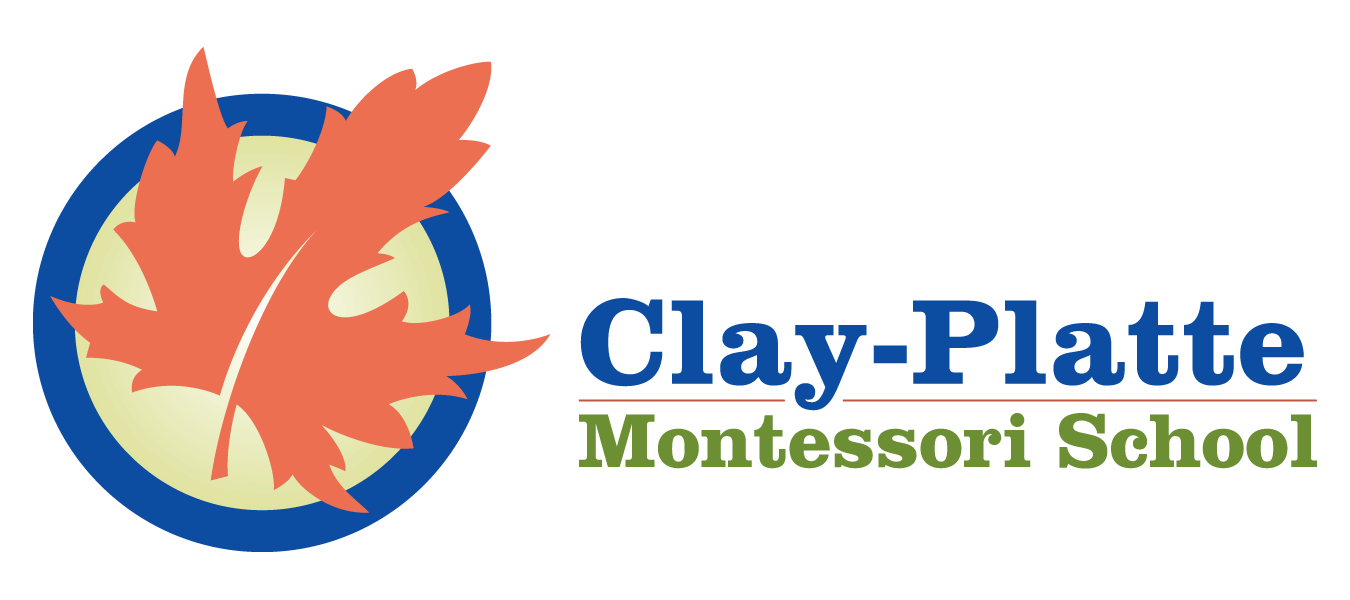The Way Humans Grow
As a new teacher, I was so eager to attend workshops to learn new teaching strategies. Excited to try something new, I would bring the strategies back to my freshmen and juniors only to be met with utter boredom. Worse, the nicest of the students would give me a good-effort-keep-trying grin. After some time, I noticed that there was no differentiation in the workshops. As a teacher of high school students—in an exceptionally high performing district, by the way—I was attending workshops with elementary and middle school educators. My administration was requiring me to learn strategies that were not tested—or even vetted—on the students I was charged with educating. When I did realize this huge problem, I started researching. In fact, the majority of teaching strategies available were being marketed based on content area, not based on development. Something had to give.
A few years later, I was in Montessori training and learned about the Planes of Development. It made so much sense—not only did the “subjects” we learn need to change, as we develop, the environment and the role of the adult needs to change, as well. While every educator takes a course or two on human development or educational psychology, the reality is: It is rare to find a curriculum that matches the developmental needs of a variety of individuals who are the targeted ages. To find an entire system of education (the largest pedagogy in the world and I’d barely heard of it) in which the classroom layout actually changed—I felt like had hit a gold mine.
In the next few posts, we will talk about each Plane of Development in more detail. Here, I’d like to just consider education, as we know it, and Montessori education. I think we all wonder how pink towers and Golden Beads and milking goats will help our children know how to critically evaluate, how to listen openly, how to meet the creative demands of the 21st century when this education model looks so different from what they will encounter in college.
This is one of two charts Dr. Montessori drew, as she synthesized her research and observations in the late 1940s and early 1950s. It will help us compare these two methods.
The arrow at the top of the chart is labeled, finality, representing the adult the child will become. It is an arrow because the finality of the child is actually within the child and will emerge at a time beyond this chart. In fact, in Montessori’s view, this is the core of who this human will be and that core has been impacted by the environment the child has grown in. We have no direct access to this core. It’s like growing a rose bush: We can only plant it in direct light, water it, nourish the soil. We cannot do anything to convince that rose bush to produce roses, directly. The only impact we have is in preparing its environment.
This theory runs at odds with that represented on the inclined plane at the bottom of the chart, labeled “Causality.” So labeled because it views the teacher as the cause of the children’s knowledge, the arrows represent the amount of information the child should learn at each level—first, 0-6 years, then 6-12, etc. The horizontal lines in the fourth plane represent the various faculty at universities. This model sees knowledge as gained in a continuous, steady inclining way. This isn’t really the way it works.
Have a conversation with an average six-year old and an average 15-year old. Who knows more? You may get a lot of perspective about social issues from the 15-year old. But the six-year old? They’re the ones with the facts. All. The. Facts.
This is where the top part of the chart can help us explain things. Each triangle represents one Plane of Development, which is six years in length. The downward sloping side represents the first half of the plane, in which new skills are acquired. The upward sloping side represents the second half of the plane, in which those skills are refined and mastered.
Notice the fire around the 0? That represents the creative energy put forth, from conception through birth. The two red planes—the first six years and adolescence—are red for the same reason: Creative energy. In both of these planes, there is significant physical growth, including brain development. The two blue planes—representing the second and fourth planes—are times of slow and steady physical growth and brain development.
We can’t treat children the same, from stage to stage. There is vital information that must be attained at each plane. The way that information is shared must adapt to the new being that develops. As Dr. Montessori put it, “The knowledge of the little child’s mental development has to become widely diffused, for only then will education be able to speak with a new voice and say with authority, ‘The laws of life are such and such. They cannot be ignored. You must in conformity with them, for they proclaim the rights of man which are universal and common to all.”
It’s about time that we start scrutinizing educational systems that do not account for that development.
—Jen Stoll, Owner & Director

